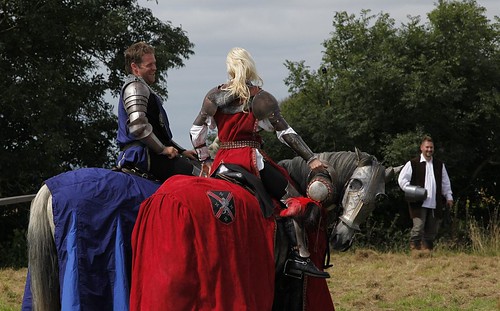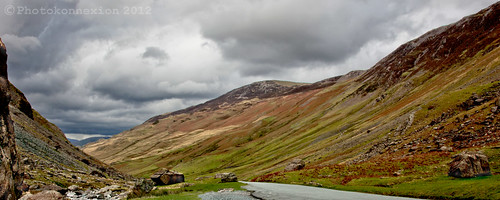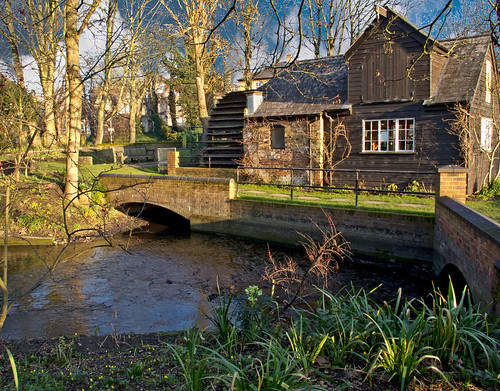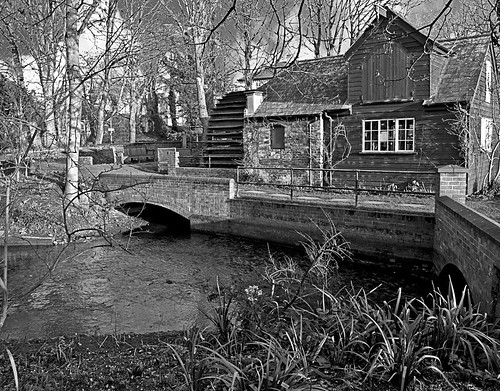Some photographs are not impressive.
You feel proud of them. You want to get them posted straight away. Unfortunately, not every photo is suitable to put online. Concentrate on getting your best shots up there. Here are five ways to think about the posting decision.
Fast tracking is a disaster!
Beware the quick snap. I have rarely seen anyone make a great shot from an instant snap. Sure, journalists and professional photographers seem to be able to do it. They have a vast experience of shooting in difficult situations. They are more accurate, frame better and shoot faster than the average hobby photographer. For other photographers careful shooting is essential. After the shot, to just download and post will be to compound any errors you make. If you want your photos to have impact then think about every part of the shot through to final posting. Every detail will affect the quality of your final result. Rush it and you may as well flush it!
Is there anything there?
Before you post a picture do one thing. Ask yourself, “is there anything there”? This simple question will tell you – if you’re truthful – if the shot is worth posting. You must look with care to see if there is something in the photograph that will make your viewers sit up and pay attention to your shot. Is it pretty? Is it emotive? Will it draw them in? Will they stare into the picture transfixed? In your heart, as a photographer, you will know the answer to that question. If your shot does not have ‘something’ there… reconsider!
Is it technically good enough?
Look at your shot. Is it really sharp enough? Some things may not need to be sharp, but are they expressing the right thing? Or, are they expressing anything? If the technique fails, the point of the picture is often lost. The interest in a shot is often a fine balance – if something distracts the balance is tipped the wrong way. Softness, bright spots, clutter… whatever is causing the fault will cause the shot to fail. Discard the technically poor shots.
Is it artistically effective?
This is difficult. We may completely disagree on the artistic success of a shot. You be the judge. Think carefully about your style. Do it your way. Express it your way. Just make sure that it meets or exceeds the standard you have attained. Each picture you publish should make your artistic point slightly better than the last. Edit your shots so they say exactly what you want them to say. If your shot does not say it – then don’t post it. If your image ‘sort-of’ says it, then don’t publish. You have a duty to your photography to express yourself. Make that expression as clear and effective as you know how. A confused or weak message will be lost and that is a photo you should not publish.
Do you love it?
If the answer to that is “YES, IT’S THE BEST THING SINCE THE WHEEL WAS INVENTED” then don’t publish it. You are probably drunk or suffering from an extreme case of authors pride. We have all been there. Walk away from it. Leave it 24 hours. Get a grip. It may well be the best picture you have ever made. If that is true then you will be able to savour it like a fine wine. You will be able let it breath in the processing so it is improved for the final posting. A picture as good as that deserves to become a vintage. And, you will be able to better able to judge it (and process it) when you have become less heady about it. Then again, you may find it was all a dreadful mistake and it should never see the light of day again! When you are suffering from authors pride you cannot make that judgement. Take the time for your editing head to catch up before you publish. Try to establish a new personal best every time you post. To achieve that work with a reasoned, objective judgement in mind.
A thought on improvement
Our improvement journey as photographers needs to be validated. It is difficult, if not impossible, to improve without people giving us feedback. This short essay is intended to help people accomodate principles in thier workflow that help them to take a personal and critical look at each post. Take time, consider your work, do your best. If your post is not ‘perfect’ it is because we need to aspire to improve. If you have tried your best then put it out there. The feedback you get will help you exceed your best next time. Improving as artists and photographers is an incremental journey. We cannot jump to perfection. Every artist in history has risked revealing their latest work knowing it is not perfect. Self-doubt helps us move forward. We can only seek to improve and to provide some pictorial pleasure for others along the way.
I hope that helps you take a step back and look at your images before shooting and especially before posting. Your photography will be all the better for it if you watch these points.
Composition resources on Photokonnexion









